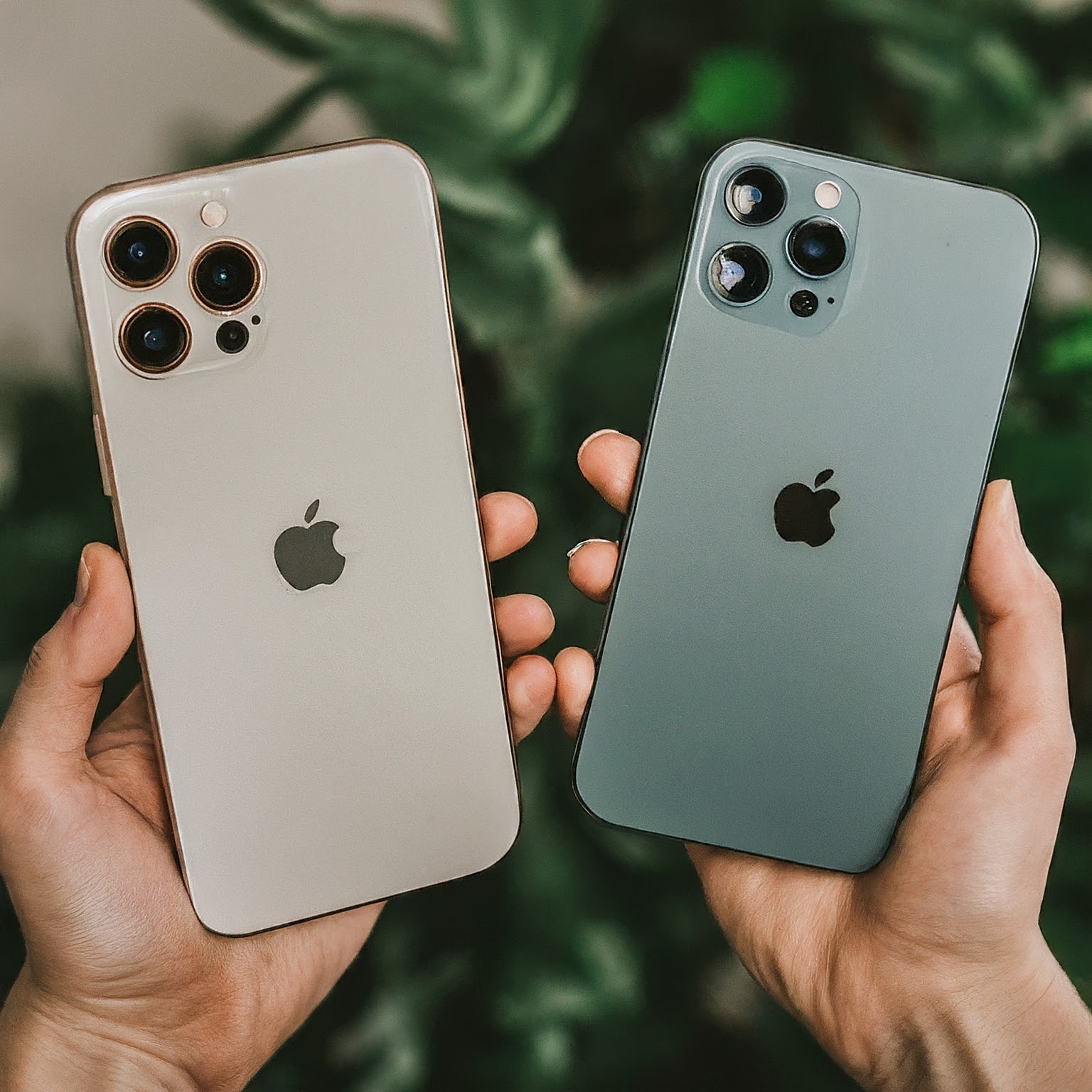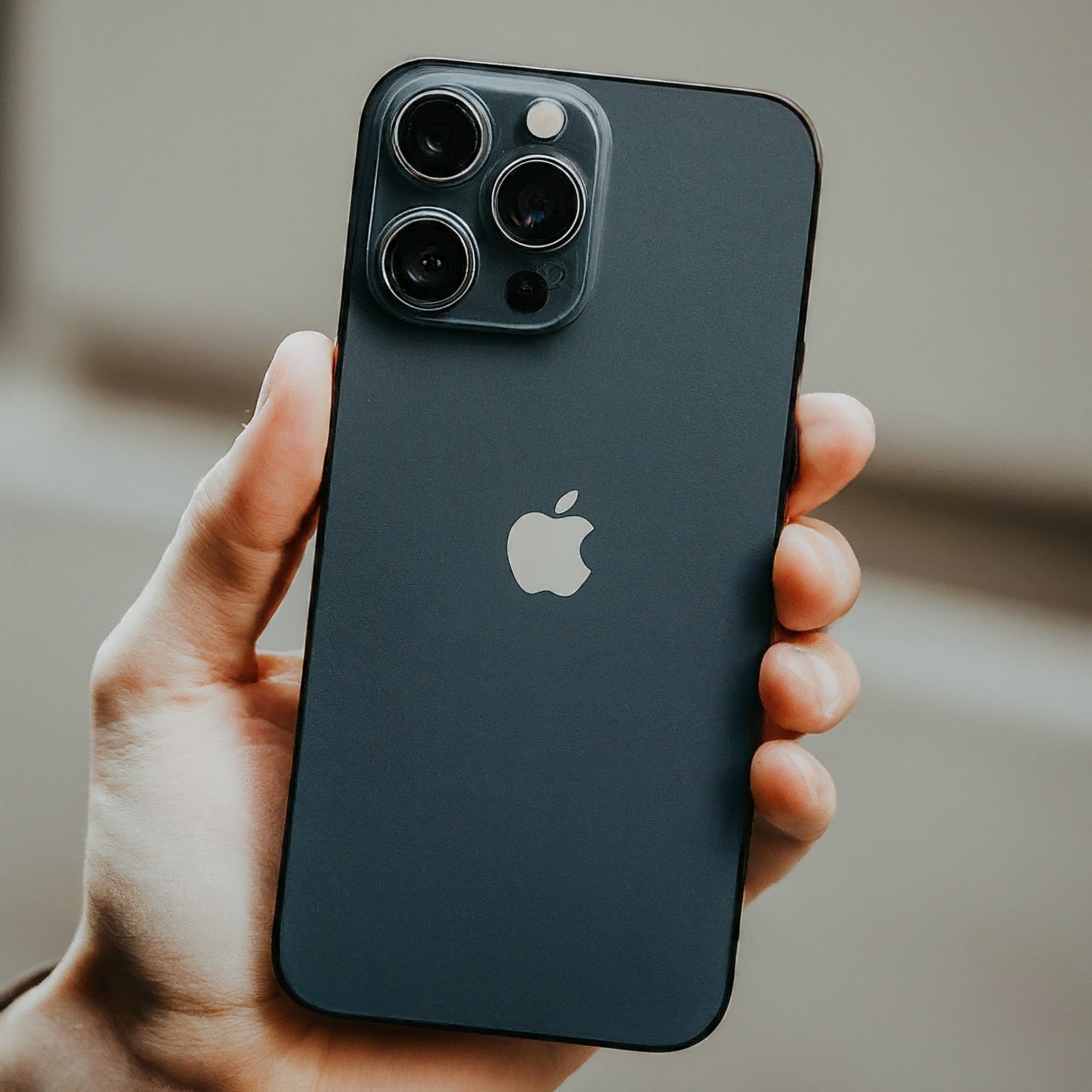Apple’s iPhone lineup offers a diverse range of devices to cater to different needs and preferences. Choosing the right iPhone can be overwhelming, given the numerous models available. This article will help you navigate through the complexities of comparing iPhones by highlighting key features, differences, and considerations.

Key Factors to Consider When Comparing iPhones
Before diving into specific models, it’s essential to identify your priorities:
- Screen Size: Determine if you prefer a compact, standard, or large display.
- Camera Quality: Evaluate your photography needs and consider features like multiple lenses, zoom capabilities, and low-light performance.
- Performance: Assess your usage patterns to determine the processing power required for tasks like gaming, video editing, or multitasking.
- Battery Life: Consider your daily usage habits and the importance of long battery endurance.
- Storage Capacity: Evaluate your storage needs for photos, videos, apps, and other data.
- Price: Set a budget and determine which features are essential within your price range.
Comparing iPhone Models: A Breakdown
To make an informed decision, let’s compare iPhones based on their key features and target audience:
iPhone SE: The Compact Choice
- Target Audience: Budget-conscious users, those who prioritize portability, and users who prefer a smaller screen.
- Key Features: Affordable price, Touch ID, long battery life, solid performance.
iPhone: The Balanced Option
- Target Audience: Users seeking a good balance of features, performance, and price.
- Key Features: Larger display compared to the SE, advanced camera system, powerful processor.
iPhone Plus/Max: The Screen Enthusiast
- Target Audience: Users who prioritize a large display for media consumption, multitasking, and productivity.
- Key Features: Immersive viewing experience, long battery life, often featuring advanced camera capabilities.
iPhone Pro/Pro Max: The Performance Powerhouse
- Target Audience: Professionals, content creators, and tech enthusiasts who demand top-tier performance and advanced features.
- Key Features: High-end camera system with telephoto lens, ProRes video support, faster processor, larger storage options, premium materials.
In-Depth Comparison of Key Features
To provide a more detailed understanding, let’s compare iPhones based on specific features:
- Display: Screen size, technology (LCD or OLED), resolution, refresh rate, and color accuracy vary across models.
- Processor: The A-series chipsets power iPhones, with newer models offering faster performance for demanding tasks.
- Camera System: Consider the number of lenses, megapixel count, optical zoom, low-light performance, and video recording capabilities.
- Battery Life: Battery capacity and efficiency vary between models, impacting overall usage time.
- Storage: Evaluate your storage needs and choose a model with sufficient capacity.
- Additional Features: Explore features like Face ID, water resistance, wireless charging, and augmented reality capabilities.
Choosing the Right iPhone for You
To make an informed decision, carefully consider your priorities and lifestyle. If you’re primarily a social media user and occasional gamer, an iPhone or iPhone Plus might suffice. For photography enthusiasts or professionals, the iPhone Pro or Pro Max could be the ideal choice.
Ultimately, the best way to determine which iPhone is right for you is to try them out in person if possible. Hands-on experience will help you assess the feel, performance, and camera capabilities firsthand.
The Future of iPhones
Apple continues to innovate and push the boundaries of smartphone technology. Future iPhone models are expected to introduce groundbreaking features, such as advanced augmented reality experiences, improved battery life, and even foldable designs.

Conclusion
Comparing iPhones can be a daunting task, but understanding your needs and priorities is crucial. By carefully considering factors like screen size, camera quality, performance, and budget, you can select the iPhone that best suits your lifestyle and preferences. As technology evolves, it’s essential to stay updated on the latest iPhone models to make informed decisions.